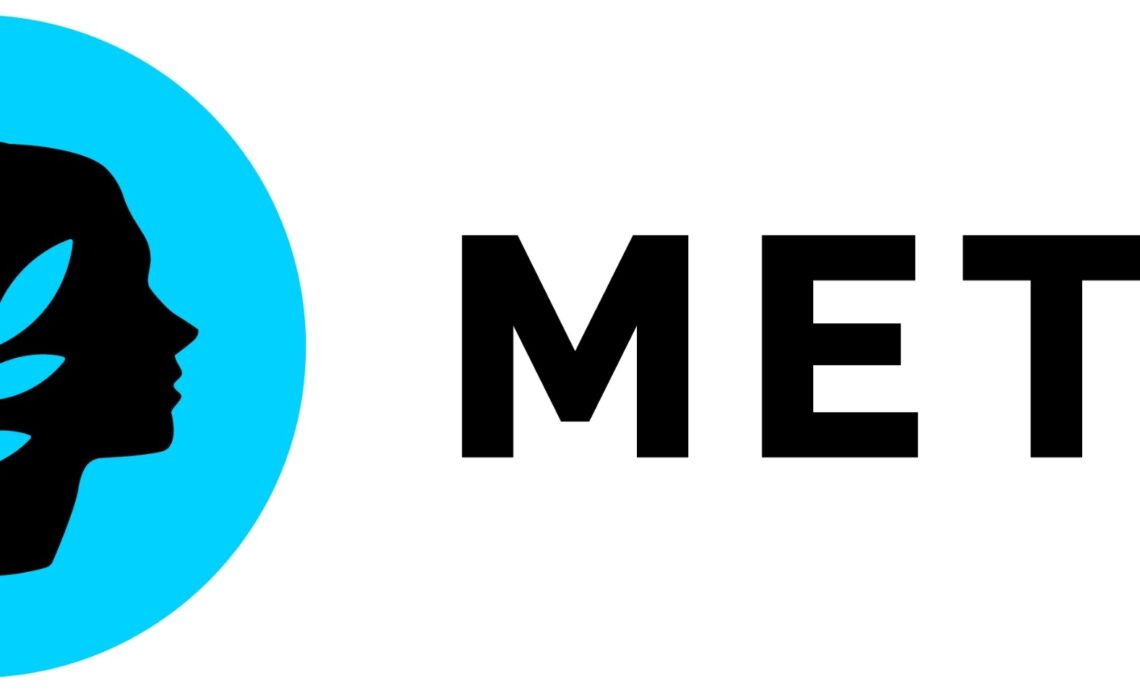The TVL (total value locked) in layer-two rollups crossed $34 billion in under five years hey emerged as one of the most technically promising and economically viable blockchain scaling solutions.
So much so that Vitalik envisioned a rollup-centric future for Ethereum. But rollups couldn’t effectively solve the ‘scalability trilemma’ without getting rid of centralized sequencers.
Metis achieved this feat and launched the first-ever decentralized sequencer on March 14, 2024.
Phase one of the upgrade focused on distributing sequencer nodes and introducing sequencer rotation. It improved the network’s stability, transparency, censorship resistance and liveness.
Phase two of the decentralized sequencer upgrade is all about performance and community incentivization. It went live on April 23, 2024, following a hard fork on block 1,650,000.
Metis users will now enjoy a two-second confirmation time and novel revenue streams like sequencer mining rewards.
Two-second confirmation, despite congestion
Having bolstered security in phase one, Metis has prioritized performance in the second phase of its sequencer decentralization journey.
The layer-two will now support multiple transactions in each block not just one. It will implement a ‘transaction pool’ where pending transactions will wait in a queue, similar to mempools.
Besides handling significantly more transactions per second, Metis will ensure a fixed, two-second confirmation time, no matter how busy the network gets.
So, users won’t have to pay excessive fees whenever there’s some frenzy. Projects won’t face extensive delays while launching, saving up on opportunity costs.
Moreover, the upgrade will reduce block production overheads and make it more cost-effective, profitable and sustainable for sequencer nodes.
Fairness and effective incentive alignment
An outcome of decentralization, sequencer mining is the biggest highlight and community-oriented innovation in phase two.
It’s an extension of ‘mining’ in PoW (proof-of-work) chains, adapted for roles like ordering and batching transactions, submitting blocks to the underlying layer one, etc.
Sequencer nodes or miners play a critical role in the functioning and liveness of layer-twos like Metis. Rewarding their efforts is thus a must for proper incentive alignment across network participants.
Globally distributed nodes that process transactions and generate blocks will earn METIS tokens.
Miners are chosen via…
Click Here to Read the Full Original Article at The Daily Hodl…
























